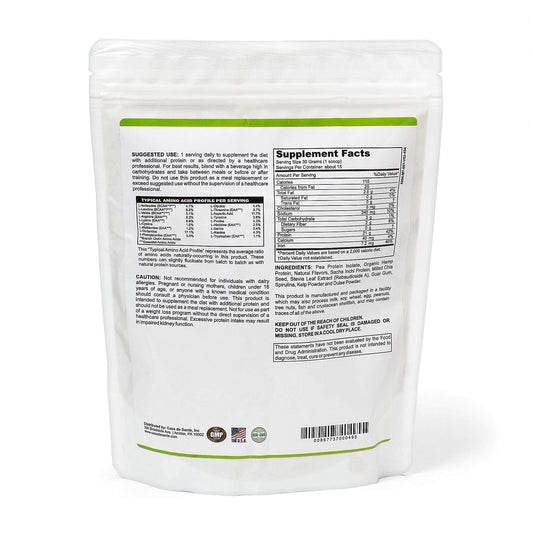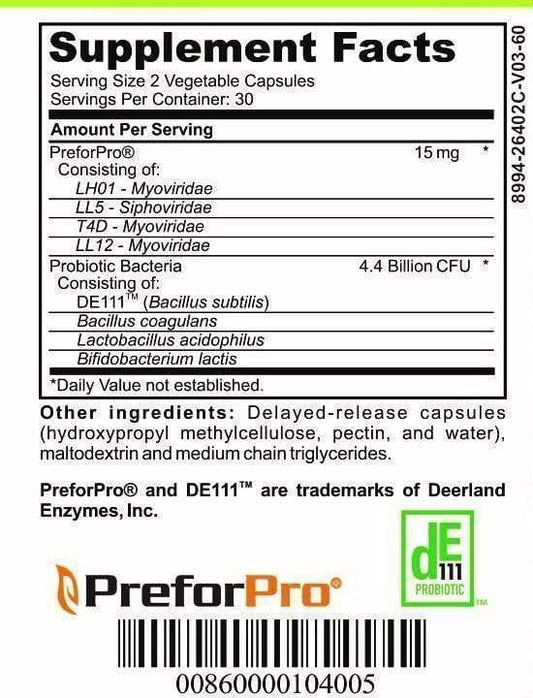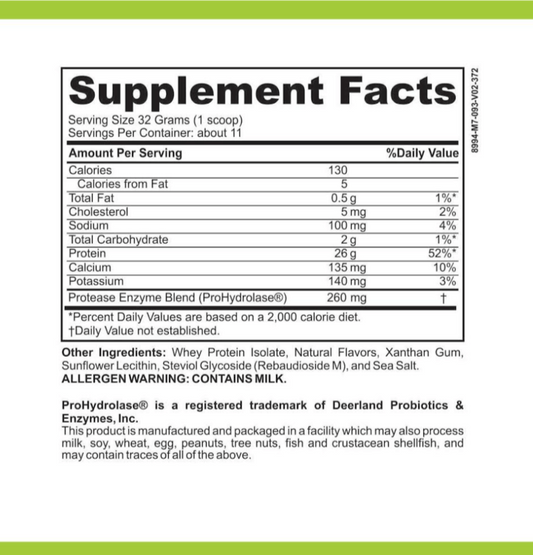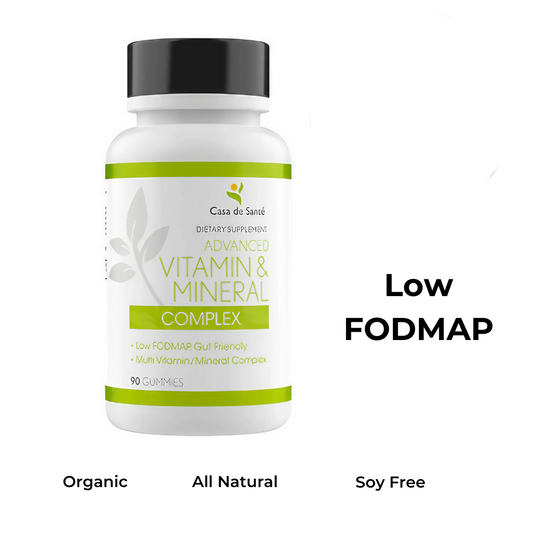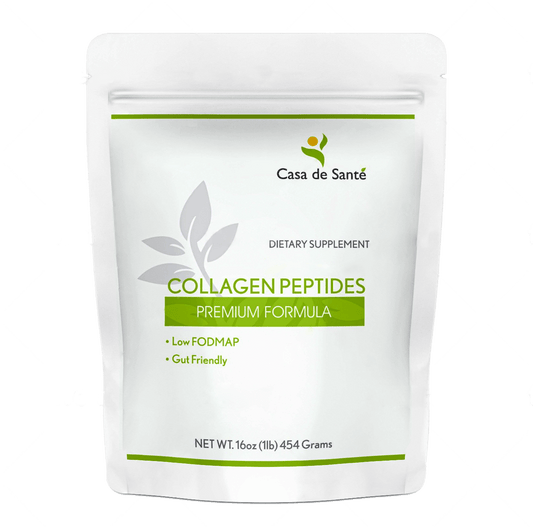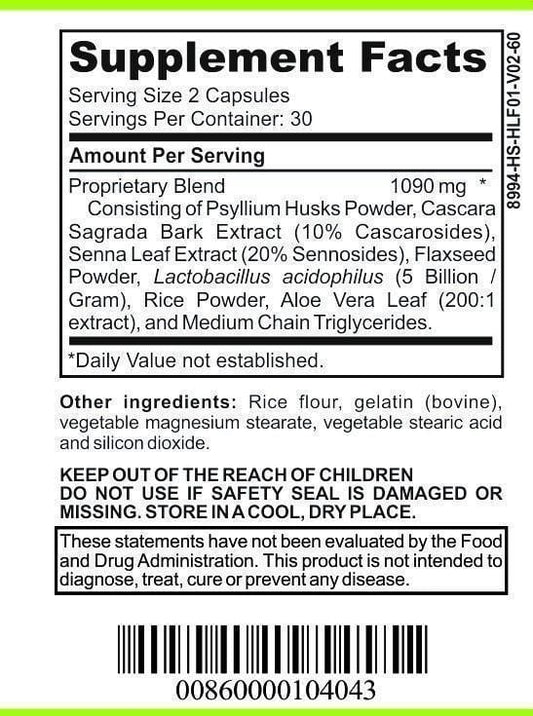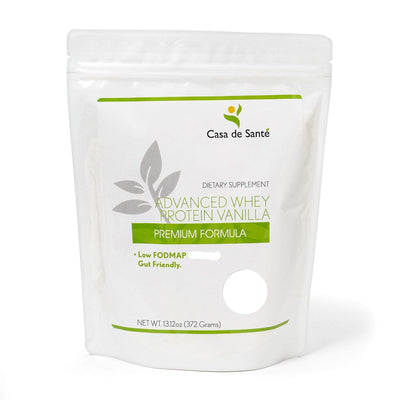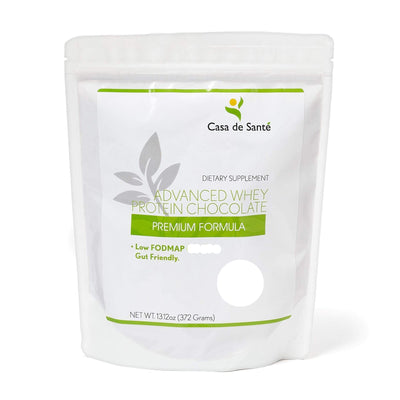Is Navy Bean Low FODMAP
Is Navy Bean Low FODMAP
Navy bean, also known as haricot bean or pea bean, is a versatile legume that is commonly used in various dishes. If you are following a low FODMAP diet, you might be wondering whether navy beans are safe to consume. In this article, we will delve into the world of FODMAPs, explore the nutritional profile of navy beans, discuss their impact on gut health, and provide tips on how to incorporate them into a low FODMAP diet.
Understanding FODMAPs
FODMAPs, an acronym for Fermentable Oligosaccharides, Disaccharides, Monosaccharides, and Polyols, are a group of carbohydrates that can trigger digestive symptoms in some individuals. These carbohydrates are poorly absorbed in the small intestine and can cause an overgrowth of gut bacteria, leading to symptoms such as bloating, gas, abdominal pain, and changes in bowel movements.
When it comes to understanding FODMAPs, it's important to delve deeper into the different types of carbohydrates that fall under this category. Fructose, for example, is a type of sugar found in fruits, honey, and certain sweeteners. Lactose, on the other hand, is the sugar present in dairy products. Fructans are a type of carbohydrate commonly found in wheat, onions, and garlic. Galacto-oligosaccharides, or GOS, can be found in legumes such as lentils and chickpeas. Lastly, polyols are sugar alcohols that can be found in certain fruits and vegetables, as well as in artificial sweeteners.
What are FODMAPs?
FODMAPs include various types of carbohydrates, such as fructose, lactose, fructans, galacto-oligosaccharides, and polyols. These carbohydrates can be found in a wide range of foods, making it important for individuals with digestive sensitivities to be aware of their FODMAP intake. For example, some fruits that are high in fructose include apples, pears, and watermelon. Vegetables such as onions, garlic, and asparagus contain fructans. Dairy products like milk, yogurt, and ice cream contain lactose. Legumes like lentils and chickpeas contain GOS. Lastly, polyols can be found in certain fruits like peaches, plums, and cherries.
Understanding the different types of FODMAPs and their sources is crucial for individuals who experience digestive symptoms. By identifying which specific FODMAPs trigger their symptoms, they can make informed choices about their diet and potentially alleviate discomfort.
Why are FODMAPs Important for Digestive Health?
FODMAPs can be fermented by gut bacteria, producing gas and causing symptoms in sensitive individuals. This fermentation process occurs when the undigested carbohydrates reach the large intestine, where they become food for the bacteria residing there. The bacteria break down the FODMAPs, producing gases such as hydrogen and methane, which can lead to bloating, gas, and abdominal pain.
For those with irritable bowel syndrome (IBS) or other digestive disorders, following a low FODMAP diet can help alleviate symptoms and improve overall gut health. By reducing the intake of FODMAPs, individuals can minimize the fermentation process in the gut, leading to a decrease in symptoms. It's important to note that a low FODMAP diet is not a long-term solution but rather a short-term approach to identify trigger foods and manage symptoms.
Implementing a low FODMAP diet requires careful planning and guidance from a healthcare professional or registered dietitian. It involves eliminating high FODMAP foods for a certain period, typically around 2-6 weeks, and then gradually reintroducing them to identify individual tolerance levels. This process helps individuals identify their specific triggers and develop a personalized diet plan that supports their digestive health.
Overall, understanding FODMAPs and their impact on digestive health is crucial for individuals who experience symptoms such as bloating, gas, abdominal pain, and changes in bowel movements. By identifying and managing their FODMAP intake, individuals can take control of their digestive health and improve their overall well-being.
The Nutritional Profile of Navy Beans
Navy beans are not only delicious but also packed with essential nutrients. They are an excellent source of plant-based protein, dietary fiber, and various vitamins and minerals.
Key Nutrients in Navy Beans
One cup of cooked navy beans provides approximately 15 grams of protein, making them a great vegan or vegetarian protein source. They are also rich in fiber, with around 19 grams per cup, which can help support digestive health and promote feelings of fullness. Additionally, navy beans contain significant amounts of folate, iron, magnesium, and potassium.
Health Benefits of Navy Beans
Incorporating navy beans into your diet can offer several health benefits. The high protein content can aid in muscle repair and maintenance. The fiber in navy beans supports regular bowel movements and can help manage cholesterol levels. The minerals present in navy beans contribute to various bodily functions, including red blood cell production and maintaining proper nerve function.
Navy Beans and FODMAPs
When it comes to FODMAPs, not all legumes are created equal. Some legumes, such as chickpeas, lentils, and black beans, are high in FODMAPs and may trigger digestive symptoms in sensitive individuals. However, navy beans have a lower FODMAP content, making them a suitable choice for those following a low FODMAP diet.
But what exactly are FODMAPs? FODMAPs are a group of carbohydrates that are poorly absorbed in the small intestine and can cause digestive discomfort in some people. They include fermentable sugars, such as fructose, lactose, and sorbitol, as well as certain types of fibers.
Are Navy Beans Low or High in FODMAPs?
Navy beans contain lower levels of FODMAPs compared to other legumes. They are considered low FODMAP when consumed in moderate quantities. However, individual tolerance can vary, and it is advisable to work with a healthcare professional or dietitian to determine your specific tolerances.
It's important to note that the FODMAP content of foods can also be influenced by factors such as ripeness, cooking methods, and portion sizes. So, it's always a good idea to pay attention to how your body responds to different foods and make adjustments accordingly.
How Navy Beans Impact Gut Health
Despite their lower FODMAP content, navy beans still provide beneficial fiber that can promote a healthy gut and regular bowel movements. The fiber acts as a prebiotic, feeding the beneficial bacteria in your gut, which can enhance gut health and overall well-being.
In addition to their fiber content, navy beans are also a good source of other important nutrients. They are rich in protein, which is essential for building and repairing tissues in the body. Navy beans also contain vitamins and minerals, such as folate, iron, and magnesium, that play crucial roles in various bodily functions.
Furthermore, navy beans have a relatively low glycemic index (GI), which means they have a minimal impact on blood sugar levels when consumed in moderation. This makes them a suitable choice for individuals with diabetes or those looking to manage their blood sugar levels.
When it comes to incorporating navy beans into your diet, there are plenty of delicious options. You can add them to soups, stews, or salads for an extra dose of protein and fiber. They can also be mashed and used as a base for dips or spreads.
It's worth mentioning that if you're new to consuming legumes or have a sensitive digestive system, it's best to start with small portions and gradually increase your intake to allow your body to adjust. This can help minimize any potential digestive discomfort that may arise.
In conclusion, navy beans are a great choice for those following a low FODMAP diet due to their lower FODMAP content. They provide beneficial fiber, essential nutrients, and have a low glycemic index. However, individual tolerance may vary, so it's always best to consult with a healthcare professional or dietitian to determine the best approach for your specific needs.
Incorporating Navy Beans into a Low FODMAP Diet
Now that you know navy beans are low in FODMAPs and offer numerous health benefits, let's explore how to include them in your low FODMAP diet.
Navy beans, also known as haricot beans, are a versatile and nutritious legume that can be a great addition to your low FODMAP diet. Not only are they low in FODMAPs, but they are also packed with fiber, protein, and essential minerals such as iron and magnesium.
When it comes to incorporating navy beans into your low FODMAP diet, there are a few things to keep in mind. Whether you choose canned or dried navy beans, there are various ways to prepare them to reduce their FODMAP content and make them easier to digest.
Preparing Navy Beans for a Low FODMAP Diet
If you are using canned navy beans, be sure to drain and rinse them thoroughly to reduce the FODMAP content. This step helps remove excess oligosaccharides, which are the FODMAP carbohydrates that can cause digestive discomfort in some individuals.
Cooking dried navy beans from scratch is also an excellent option, as it allows you to control the ingredients and avoid any high FODMAP seasonings or additives. Soaking the dried beans overnight before cooking can help further reduce their FODMAP content and make them easier to digest.
Once the navy beans are cooked, you can store them in the refrigerator for up to three days or freeze them for later use. This way, you'll always have a low FODMAP option ready to go whenever you need it.
Delicious Low FODMAP Recipes with Navy Beans
There are countless ways to enjoy navy beans while following a low FODMAP diet. You can incorporate them into salads, soups, stews, and even make flavorful spreads or dips. Here are a few mouth-watering recipe ideas to get you started:
- Navy Bean Salad with Lemon and Herbs: Combine cooked navy beans with fresh lemon juice, herbs like parsley and chives, and a drizzle of olive oil for a refreshing and nutritious salad.
- Low FODMAP Navy Bean Soup with Fresh Vegetables: Simmer navy beans with low FODMAP vegetables like carrots, zucchini, and spinach in a flavorful broth for a comforting and filling soup.
- Herbed Navy Bean Dip with Gluten-Free Crackers: Blend cooked navy beans with garlic-infused oil, fresh herbs, and a squeeze of lemon juice to create a delicious and creamy dip. Serve it with gluten-free crackers for a satisfying snack.
- Roasted Vegetables with Navy Beans and Balsamic Glaze: Toss roasted low FODMAP vegetables like bell peppers, eggplant, and cherry tomatoes with cooked navy beans and drizzle them with a tangy balsamic glaze for a hearty and flavorful side dish.
These are just a few examples of the many ways you can incorporate navy beans into your low FODMAP diet. Feel free to experiment with different flavors, herbs, and spices to create your own unique dishes that suit your taste preferences.
Remember, navy beans are not only delicious but also a nutritious addition to your low FODMAP diet. They provide you with essential nutrients while keeping your digestive system happy and healthy.
Alternatives to Navy Beans in a Low FODMAP Diet
If you have difficulty tolerating navy beans or simply prefer to explore other options, there are several low FODMAP alternatives available.
Other Low FODMAP Legumes
Some legumes that are considered low FODMAP include lentils, mung beans, and canned chickpeas (when drained and well-rinsed). These legumes can provide similar nutritional benefits and culinary versatility.
Non-Legume Low FODMAP Alternatives
If you prefer to avoid legumes altogether, you can opt for other protein-rich foods like tofu, tempeh, or lean animal proteins such as chicken, turkey, or fish. Additionally, incorporating other low FODMAP plant-based sources such as quinoa, buckwheat, or seeds can help meet your nutrition needs.
In conclusion, navy beans are a nutritious and low FODMAP legume that can be safely enjoyed by individuals following a low FODMAP diet. With their plethora of health benefits and culinary versatility, navy beans are a valuable addition to a well-balanced eating plan. However, it is crucial to listen to your body and work with a healthcare professional or dietitian to determine your specific tolerances and individualize your diet accordingly.


